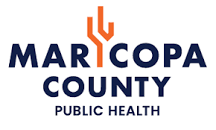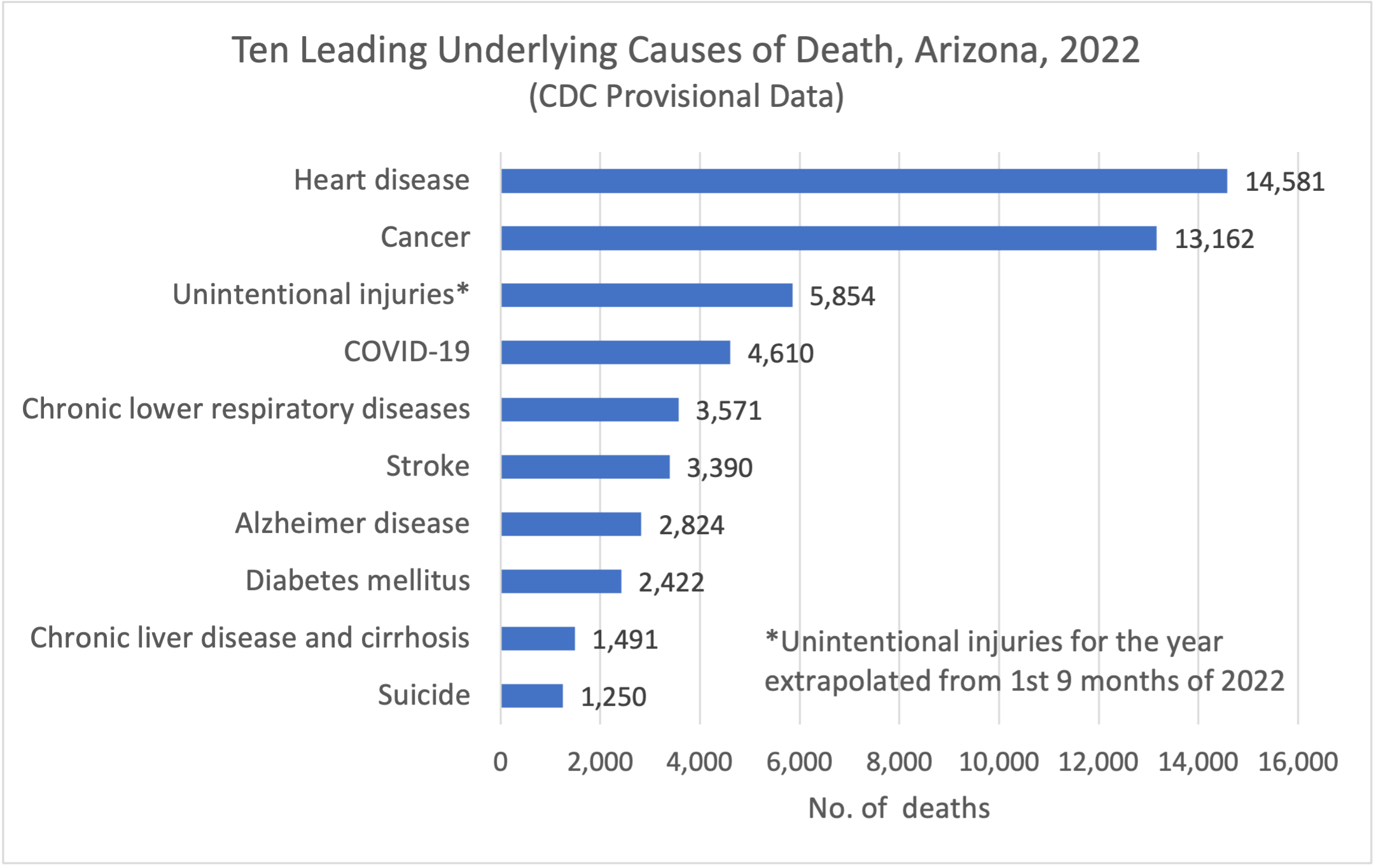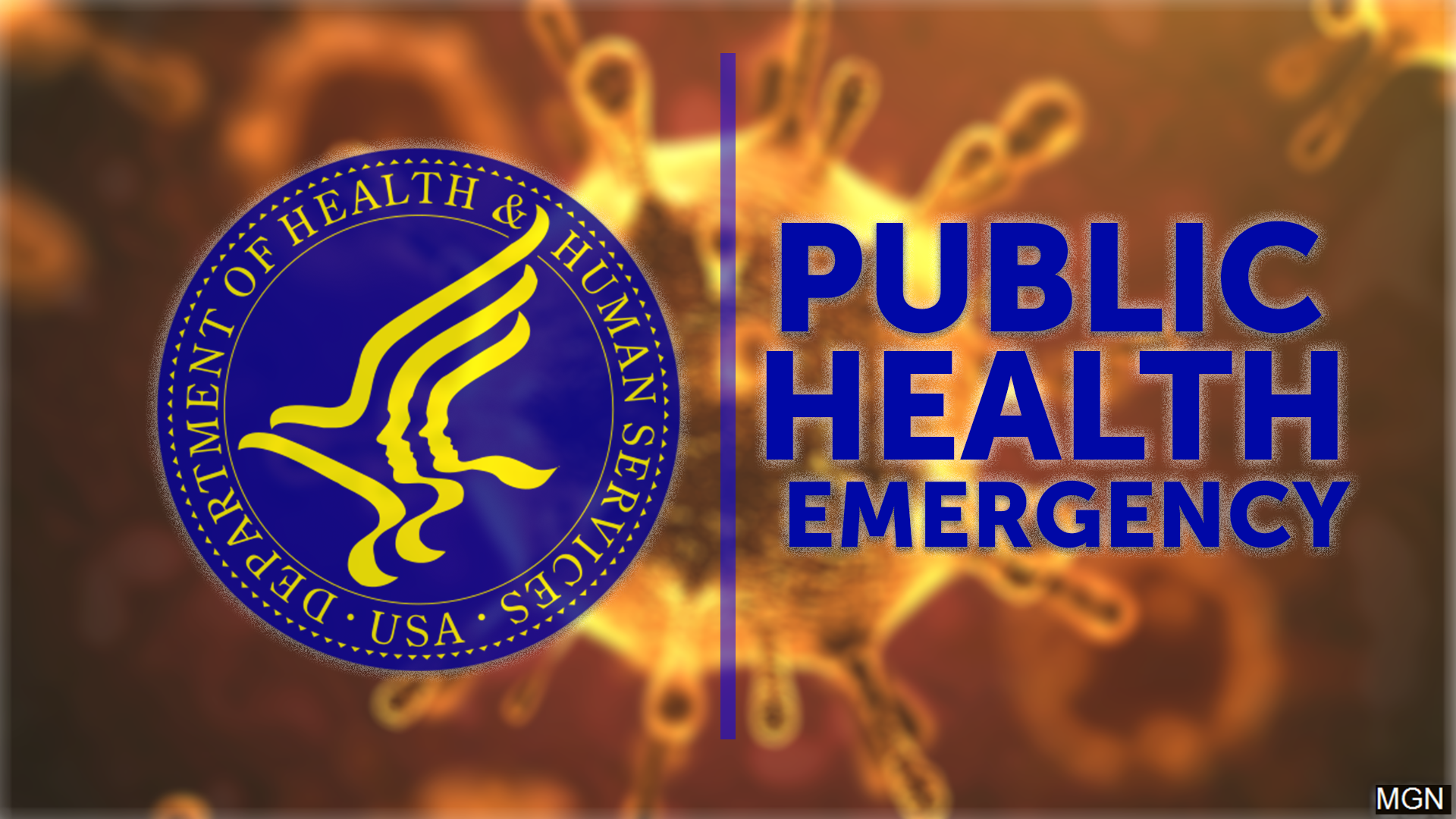Navajo officials start ‘Rainbow Bridge’ to offer help in rehab scam
Conservative panelists claim government lied during Covid committee meeting
AZ Lawmakers Host COVID-19 Event with Conspiracy-touting ‘Experts’
COVID hearing is filled with ‘experts’ – at fanning conspiracies
How young adults in AZ get help to avoid psychiatric hospital stays
Allie Bones, Arizona Gov. Katie Hobbs’ chief of staff, resigns








